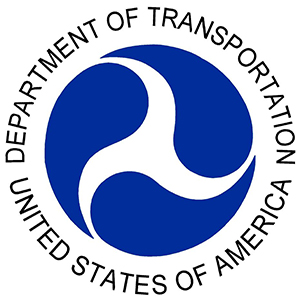Staff Reporter
Transportation Secretary Elaine Chao Requests Feedback on ROUTES

[Stay on top of transportation news: Get TTNews in your inbox.]
Transportation Secretary Elaine Chao is calling for public comments on the Department of Transportation’s Rural Opportunities to Use Transportation for Economic Success program.
The initiative, known as the ROUTES, was created in October and is meant to help connectivity in rural communities. Chao announced the request for information Dec. 19 as a way to gather feedback on rural transportation needs and DOT’s grant programs.
Specifically, the agency’s request for information includes questions about the infrastructure issues that contribute to high fatality rates on rural roads, challenges related to infrastructure condition, such as age or equipment, and alternative methods to prioritize projects.

Chao
“We want to hear from rural communities how the Department of Transportation can better support their critical transportation infrastructure,” Chao said.
The ROUTES initiative is meant to help rural transportation representatives better understand how to access DOT grants and develop data-driven approaches to evaluating infrastructure projects.
Rural roads make up 70% of America’s road miles, according to DOT. Maintaining these roadways can be a challenge for rural communities that have thin financial resources. Although geographically sprawling, rural communities generally have low population densities, meaning fewer people to support investment. Danny Colwell, county engineer for Richland County, Ill., commented that applying for federal grants can be costly. Richland County is located in eastern Illinois.
“A poor rural community cannot spend tens of thousands of dollars for a consultant to prepare a professional grant application with the hope of receiving funding,” Colwell said. “Rural highway departments can barely patch potholes and gravel roads. We cannot gamble our limited resources on the slight chance we will receive a federal highway grant.”
Doug Wright, director of the Public Works Department of Union County, Ore., mentioned that public transportation options in rural communities are limited because the areas are so vast. As a result, those who may experience difficulty driving, such as older people, do not have adequate access to certain markets. Located in northeastern Oregon, Union County has a population of just more than 26,000.

One comment, a joint letter from the departments of transportation of Idaho, Montana, North Dakota, South Dakota and Wyoming, commended the agency for launching the ROUTES program. The letter indicates that expansive rural states are important because they support the nation’s agriculture industries and serve as crossroads for freight traffic. For example, the letter notes that about 90% of the trucks that travel Interstate 80 in Wyoming have origins and destinations beyond the state’s borders.
“Consider truck movements from West Coast ports to Chicago or the East Coast,” the joint letter states. “These and other movements traverse states like ours and benefit people and commerce in the metropolitan areas at both ends of the journey.”
DOT found that, although one-fifth of Americans live in rural areas, traffic fatalities are disproportionately high on rural roads. Some 46% of the traffic fatalities that occurred in 2018 took place on rural roadways.
The ROUTES initiative’s steering council includes representatives from the Federal Highway Administration, the Federal Transit Administration, the Federal Railroad Administration and the Federal Aviation Administration.
“In addition to the data and experience DOT already has, the ROUTES Council will review and use public input to guide the evaluation of rural projects and improve funding options,” said Joel Szabat, acting under secretary of transportation for policy.
Want more news? Listen to today's daily briefing:




